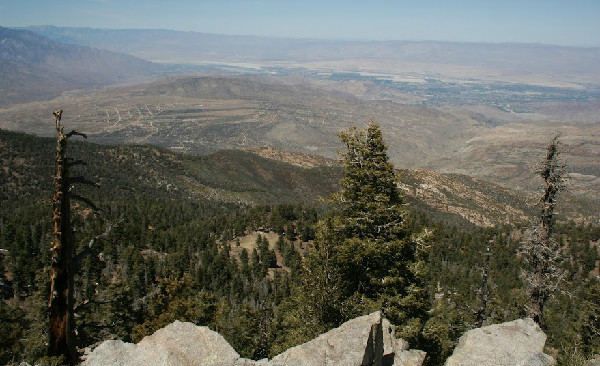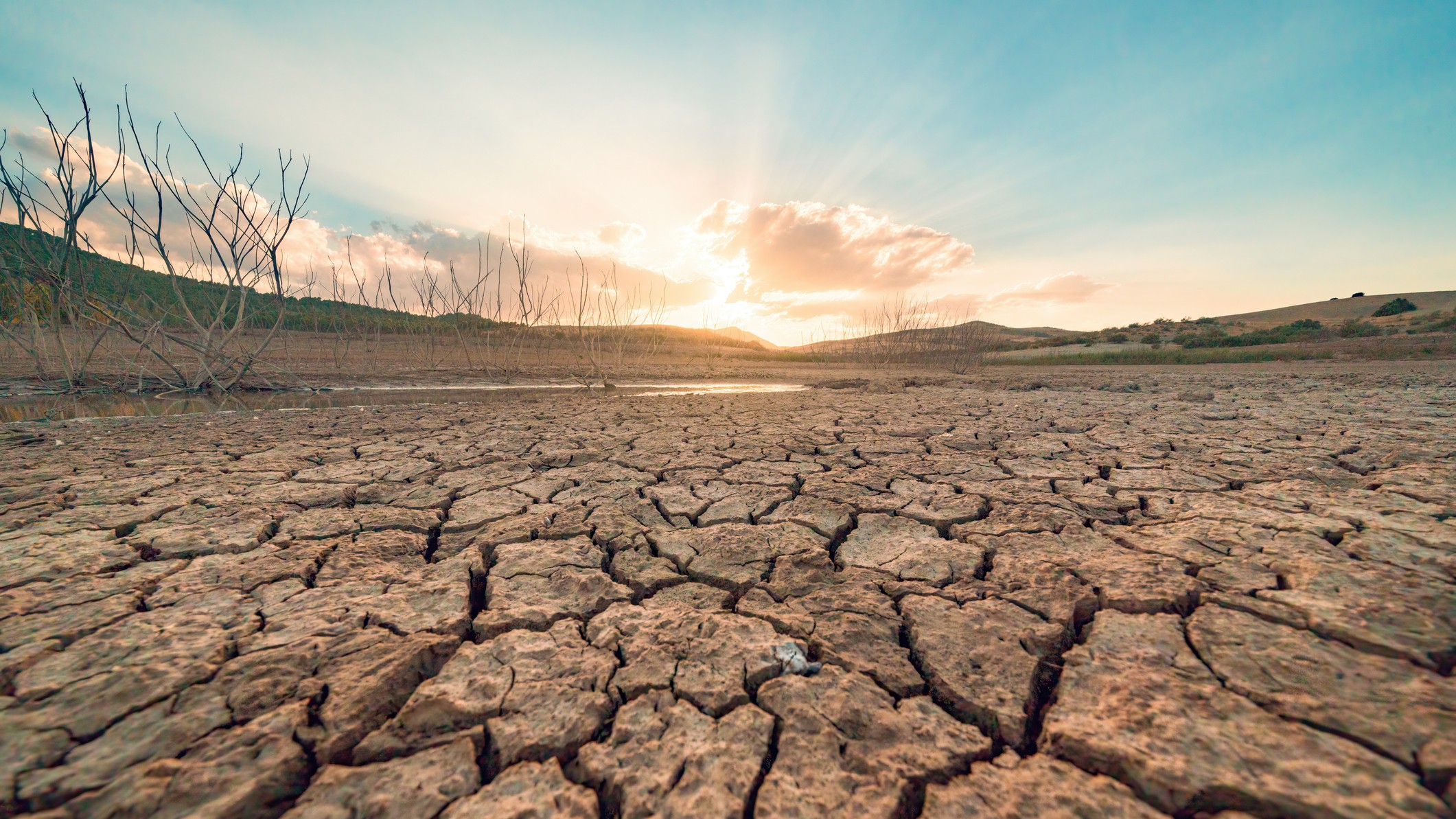Did Climate Change Spur Plants to Migrate Uphill?

In a section of Southern California’s Santa Rosa Mountains, plants appear to have been migrating uphill in recent decades, but the reason is controversial.
An early study attributed this shift to changes in local climate, possibly due to urbanization or natural cycles, but akin to changes expected as a result of human-caused global warming.
But another research team set out to refute that, saying this claim overlooked a crucial dynamic in this area: fires.
The debate also brings into focus two potentially loaded words: climate change. The words hold a certain political importance these days, and both research duos admit the phrase has the potential to create a bias toward studies that purport to show the effects of global warming.
However, while one team says the first study is an example of the problem, the other maintains knowledge of this issue motivated them to conduct a rigorous analysis, which tied changes only to local conditions, not directly to global warming. [10 Climate Change Myths Busted]
Shifting plants
In 2006-2007, graduate student Anne Kelly, now at the University of California, Irvine, retraced a 1977 survey of vegetation cover at sites that progressed at regular intervals from desert scrub near sea level up to a conifer forest nearly 8,400 feet (2,560 meters) high.
Get the world’s most fascinating discoveries delivered straight to your inbox.
By comparing the two surveys, Kelly and Mike Goulden, also of the University of California, Irvine, found that of 10 dominant species, nine had shifted uphill and one downhill. Across all 10 species, the average shift was 213 feet (65 m) uphill.
These shifts occurred uniformly across the elevations, but overall plant cover stayed constant, they reported. Meanwhile, during this 30-year period, the area was subject to droughts of unprecedented intensity, and average temperature increased by 0.7 degrees Fahrenheit (0.4 degrees Celsius).
The nature of the plant shifts — which also included declines at the already warmer, drier low elevations — fit into patterns expected for a change driven by drought or warming, they argued in a study published in 2008 in the journal Proceedings of the National Academy of Sciences.
Climate or fire
In the more recent study, Dylan Schwilk, of Texas Tech University, and Jon Keeley, of the U.S. Geological Survey and the University of California, Los Angeles, resurveyed some of the sites focusing on a single plant, a shrub called desert ceanothus, and found the same pattern; the shrub was becoming less abundant at lower elevations and more so higher up.
They had a suspicion that the area’s fire history could potentially explain the results, or at least, cast the local climate change conclusion into doubt.
The duo used rings in the plants' stems to determine when the last fires hit, since the plants don't sprout until after a fire. They calculated how many of the plants died off over time as they grew and fought for space.
The desert ceanothus stems suggested the highest-elevation sites burned about 91 years ago, while the rest burned later, 65 years ago. This could account for the shift in vegetation, at least for the desert ceanothus, since the higher-elevation sites would have had the most stable populations, having already recovered after the fires, Schwilk told LiveScience. [Raging Western Wildfires in Photos]
"Their data is not wrong, it is the interpretation," Schwilk said of the work done earlier by Kelly and Goulden.
Their work shows the first study passed over an important aspect of the ecology of this place, he said.
Kelly and Goulden don't dispute the fire history the other team has reconstructed, but they do stand by their original results.
"We didn't need the fire history to make our paper stand, we had all of this other evidence," Goulden said.
For instance, the nature of the shift they documented in the plants fit into patterns expected for a change driven by drought or warming, they argued.
The bigger climate controversy
In Schwilk's eyes the original study represents a broader problem. He sees the consequences of the politicization of climate science: a desire to publicly affirm its reality has created a bias favoring work that shows an effect of global warming, even if the conclusion isn’t warranted.
"People expect it to be happening, it’s political. … There is a bit of a mentality of 'it's important to get this data out,'" said Schwilk, who describes himself as a "firm believer" in climate change and its effects.
Kelly and Goulden point out they blamed local climate change, although their work could have implications for human-caused global warming.
Goulden does agree, at least to a point, with Schwilk: "There is a tendency on the part of some scientists and a little bit of pressure maybe to hype their work, sometimes to go for the more sensational story," Goulden said. "Because of that, we tried really hard actually to word our PNAS paper carefully."
Schwilk and Keeley's work on the fire history of the sites was published earlier this year in the journal PLoS ONE.
FollowWynne Parry on Twitter@Wynne_ParryorLiveScience @livescience. We're also on Facebook & Google+.



